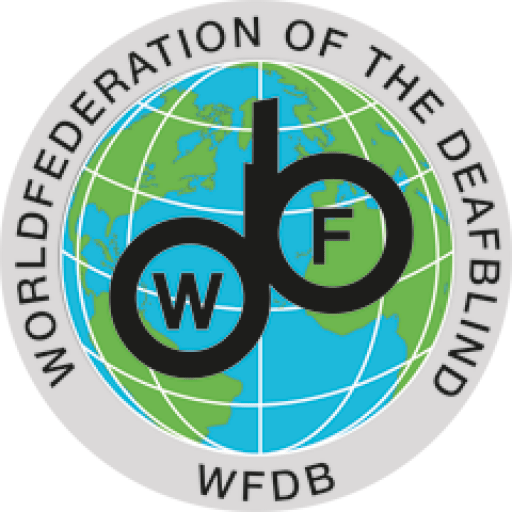The CRPD applies to all persons with disabilities without distinction and all human rights standards apply to all persons with disabilities. The diversity of persons with disabilities (and their diverse inclusion requirements) is recognised and serves as a core principle. The CRPD also acknowledges the imperative to promote and protect the rights of persons with disabilities who require more intensive support, which is likely to apply to persons with deafblindness. Persons with disabilities should not be excluded or discriminated against because of the nature of their disability.
Deafblindness is specifically mentioned in the CRPD under article 24 (Education) and has been recognised by the Committee in several General Comments and Concluding Observations. Based on this recognition in international law, as well as the recognition of deafblindness as a distinct disability in the legislation of many countries, states have an obligation to acknowledge and respond to the requirements of persons with deafblindness across legislation, policy, programmes and budgets.
The CRPD recognises a wide range of communication methods, such as tactile communication and braille, and languages, including sign languages and non-spoken languages, which may be used by persons with deafblindness.
The General Comment No. 2 on Article 9: Accessibility of the Committee on Rights of Persons with Disabilities (CRPD/C/GC/2) provides further clarity on states’ obligations to enable persons with deafblindness to access information, communication and other services in order to live independently and to effectively participate in society. States, therefore, must address key issues, such as a lack of adequate communication training among service providers. In addition, they must provide live assistance and intermediaries, such as guides and interpreters, to remove barriers to communication, information and other services. States must also ensure a minimum quality of communication-related services, such as interpretation and personal assistance, and aim for standardisation across the board.
Accessibility is not limited to communication and information. Persons with deafblindness experience many barriers to orientation and mobility in public spaces. Therefore, states should provide access to signage in braille or live assistance and intermediaries, such as interpreter-guides, to facilitate accessibility and mobility. Crucially, states must establish minimum standards in terms of the accessibility of services provided by public and private entities. This will improve general access for persons with deafblindness across different sectors, such as work, education and health.
Reasonable accommodations may also improve access for persons with deafblindness, particularly where accessibility standards are not implemented or if a person’s requirements fall outside the scope of such guidelines. For persons with deafblindness, reasonable accommodations often include communication, orientation and mobility support, either through the use of aids, assistive devices and/or live assistance, such as interpreter-guides. Importantly, reasonable accommodation is not limited to accessibility, and may also include the adaptation of work schedules or procedures, among other changes.
For the purpose of this report, two key proxy indicators were identified to assess whether states have taken the appropriate steps to implement the CRPD provisions for persons with deafblindness. These indicators are: the official recognition of persons with deafblindness as a distinct disability group and the provision of interpreter-guide services.
